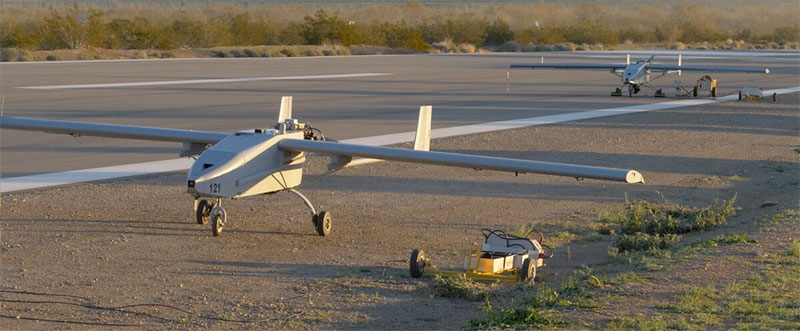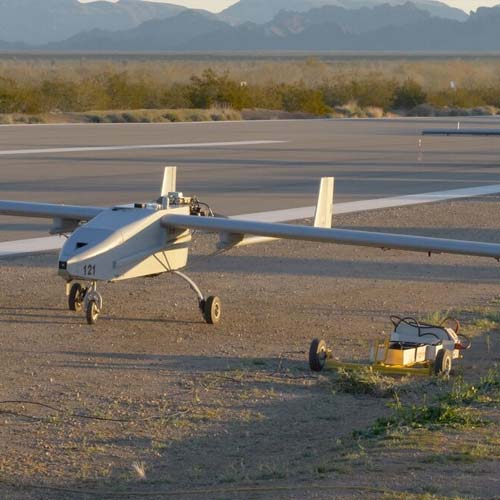
NASC in the News
NASC in the News
DARPA claims drone autonomy program an undeniable success
Six tigersharks and 14 ghosts took to the sky above Yuma, Arizona. The tigers were drones specially outfitted as part of DARPA’s program CODE, or “Collaborative Operations in Denied Environment,” and the ghosts were virtual doubles of the tigersharks, following along with the tiger drones in simulation. The exercise was the capstone in a program designed to teach drones how to work together in the absence of modern communications infrastructure.

CODE is, as the full name suggests, about operating in those denied environments, regardless of how they are denied. DARPA started this program in 2015, and has been ramping up the program for a conclusion in spring 2019. The end product is a bundle of, well, code that is government-owned and -designed airframe-agnostic, so that the Navy and Air Force can adapt it as they see fit to their existing platforms.
This isn’t the first time the Pentagon’s had to design drones without the aid of satellite infrastructure. Recently published documents from the National Reconnaissance Office’s D-21 program show the challenges of making drones work without direct control. Virtually all aspects of the technology have improved since then, but it’s still informative for how a drone was supposed to operate on its own in hostile territory. CODE takes advantage of modern systems, and also has the drones rely on each other for communication relays, input and navigation when cut off from external communications and navigational aids.
The end result is a new sort of software infrastructure, a tool to iterate and improve upon that lets drones work together to meet mission goals without the need for a dedicated human pilot to remotely control each vehicle. Autonomy is designed and sold primarily as a way to overcome jamming and continue operations in denied environments, but it’s also a labor saving (or labor-amplifying) tool. Mostly autonomous swarms mean dozens of vehicles can be overseen by the same crew it once took to pilot a single craft, and that has huge implications for filling the skies of future wars.
Watch DARPA’s video about CODE below:


